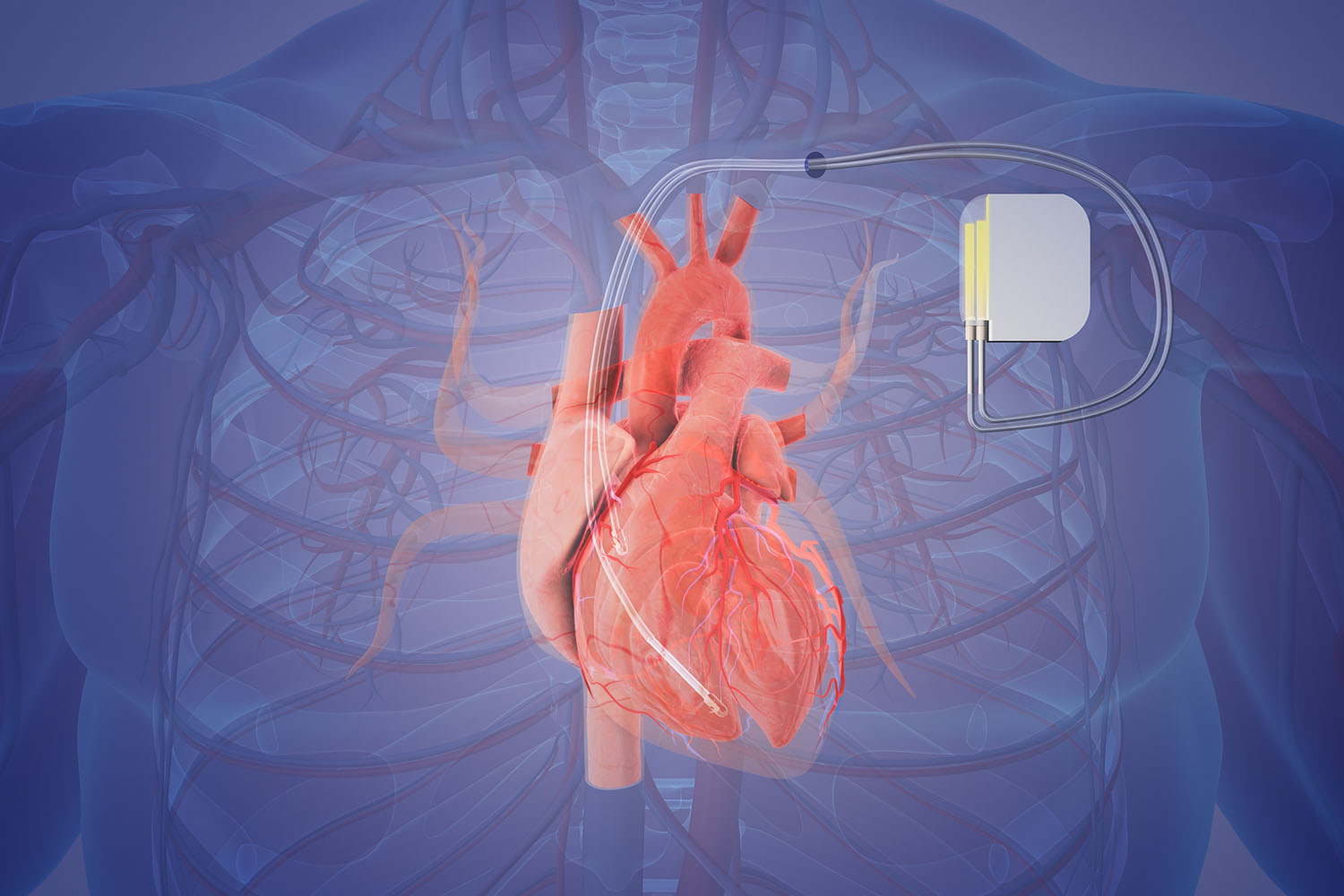Overview
Pacemaker surgery represents a groundbreaking medical intervention that has revolutionized the treatment of various cardiac conditions, offering hope and improved quality of life to millions of individuals worldwide. With advancements in technology and ongoing research efforts, pacemaker surgery continues to evolve, enhancing its efficacy and safety while addressing the diverse needs of patients with heart rhythm disorders.

International research has played a pivotal role in advancing our understanding of pacemaker technology and refining surgical techniques, leading to significant improvements in patient outcomes. Pacemakers are small electronic devices implanted under the skin, typically in the chest area, to regulate abnormal heart rhythms and ensure that the heart beats at a steady and consistent rate.
One of the key benefits of pacemaker surgery is its ability to restore normal cardiac function and alleviate symptoms associated with bradycardia (a slow heart rate) or other rhythm abnormalities. These symptoms may include fatigue, dizziness, fainting spells, and shortness of breath, which can significantly impair an individual’s quality of life.
Recent research has focused on enhancing the longevity and performance of pacemaker devices, as well as reducing the risks associated with implantation procedures. Advances in battery technology have led to the development of smaller, more durable pacemakers capable of delivering reliable therapy for extended periods, thereby reducing the need for frequent device replacements.
Moreover, innovations in leadless pacemaker technology have revolutionized the field by eliminating the need for traditional pacing leads, which can sometimes pose complications such as lead fracture or infection. Leadless pacemakers are implanted directly into the heart, offering a minimally invasive alternative with fewer surgical risks and improved patient comfort.
Additionally, international collaboration has facilitated the dissemination of best practices and guidelines for pacemaker implantation, ensuring standardized approaches across different healthcare settings. This collaborative effort has contributed to greater consistency in procedural outcomes and reduced variability in patient care, ultimately benefiting individuals requiring pacemaker therapy worldwide.
Despite these advancements, challenges remain in optimizing the long-term management of patients with pacemakers, including monitoring for device malfunctions, detecting and preventing complications, and addressing the evolving needs of an aging population. Continued research endeavors aim to address these challenges through innovative technologies and evidence-based strategies.
Pacemaker surgery stands as a testament to the remarkable progress achieved in cardiovascular medicine, offering hope and improved outcomes for patients with heart rhythm disorders. Through ongoing research and international collaboration, healthcare providers continue to refine and innovate pacemaker technology, ensuring that patients receive the highest standard of care. As we look towards the future, the promise of further advancements in pacemaker surgery holds the potential to transform the lives of countless individuals worldwide, reaffirming its status as a cornerstone of modern cardiac therapy.


